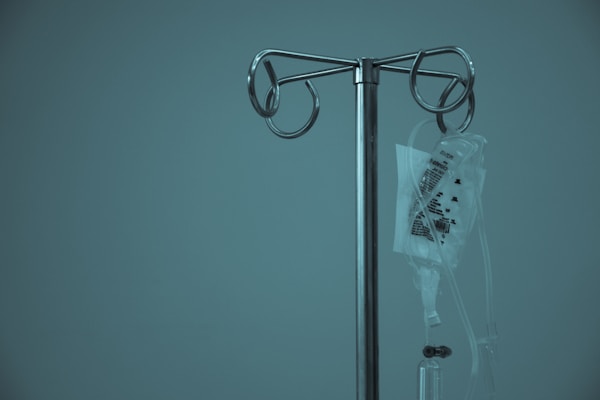Our homes should be our sanctuaries, places where we feel the utmost comfort and warmth. However, maintaining this comfort—especially during both extreme heat and frigid cold—can prove to be a challenging task for many homeowners. Regular inspections, proper flooring, and the right quality heating and air conditioning systems can greatly improve your home’s comfort level. Below, we look at some essential tips that can help you maintain the cozy atmosphere in your house.
Incorporating Regular Furnace Check-Ups
Maintaining the perfect temperature in your house greatly depends on the functional state of your heating system. As such, it is essential for homeowners to carry out regular inspections and cleaning for their furnaces. Having a professional perform a comprehensive furnace inspection and cleaning in Crawfordsville helps detect any flaws or inadequacies in your heating system at an early stage. A standard inspection considers all aspects of your furnace system, focusing on the burners, heat exchanger, blower wheel, and other critical components.
Regular maintenance for your furnace extends its lifespan, enhances energy efficiency, and reduces the risk of unexpected breakdowns during severe winter months. Additionally, keeping your furnace in top condition optimizes indoor air quality by minimizing harmful emissions. It is common for dust and debris to accumulate in your heating systems over time, and failing to clean these travel into your living space when your furnace is running, causing various health problems. Regularly inspecting and cleaning your furnace helps avert these potential health hazards.
The Role of Proper Flooring

When planning to improve the comfort of your home, flooring is one element that cannot be overlooked. The type of flooring you choose can significantly affect the temperature regulation in your home. When choosing a floor material, consider the seasons and the underfoot comfort you are looking for. For instance, tile flooring—obtainable from a reputed tile store in Dallas, can be particularly advantageous because it contains natural heat-conducting properties, which make it warm underfoot during the cold season.
Tile is also an excellent choice because it is long-lasting and easy to clean. Good-quality tiles can last for decades without losing their appealing looks, and you wouldn’t have to worry much about maintenance. It is quite resistant to scratches and stains; thus, making it a great choice for high-traffic areas. In addition to being resistant to water and spills, it is easy to clean and maintain. Therefore, you won’t have to be overly concerned about spills and stains.
Importance of a High-Quality Air Conditioning System

To maintain the comfort of your home, especially during the warm months, you need to invest in a high-quality air conditioning system. An effective air conditioning system extracts heat and moisture from your home, thus keeping your interior cool and comfortable. It also improves air quality by filtering out pollutants and allergens.
Regular servicing of your air conditioning system is crucial to keeping it functioning at peak performance. A poorly maintained air conditioner can circulate dusty air, harboring allergens such as mold and mildew spores. Aside from causing health issues, these allergens compromise your home’s comfort.
In hot and humid climates, an air conditioning system provides a fresh, comfortable environment for your family. Additionally, during high heat levels, it curbs heat-caused diseases, allergies, and adverse reactions due to high humid conditions. Despite the initial installation cost, an air conditioning system is an essential factor in maintaining the quality of indoor air, making it a worthy investment for the sake of your family’s health and comfort.
Installing Proper Insulation
Heat loss in most homes often occurs through the roof, walls, windows, and doors, leading to a cold interior during winter and a hot one during summer. Insulation is the most effective way to improve your home’s comfort by reducing the amount of heat entering or leaving your home. It works by resisting heat flow, thus reducing the amount of energy required to heat or cool your house. Ultimately, this leads to overall energy efficiency and significant cost savings.
Roof and ceiling insulation, in particular, play an essential role in reducing cooling and heating loads. However, insulating walls and floors can also provide additional benefits like soundproofing and enhancing the structural integrity of the house. More importantly, insulation is beneficial for your household’s health and comfort as it reduces condensation, mold growth, and the incidence of respiratory diseases.
Overall, creating a comfortable and cozy home environment requires a proactive approach toward regular maintenance of your heating and cooling systems, choosing the appropriate flooring, and installing proper insulation. All these elements work hand in hand to guarantee a comfortable, warm, and inviting home irrespective of the season.




























